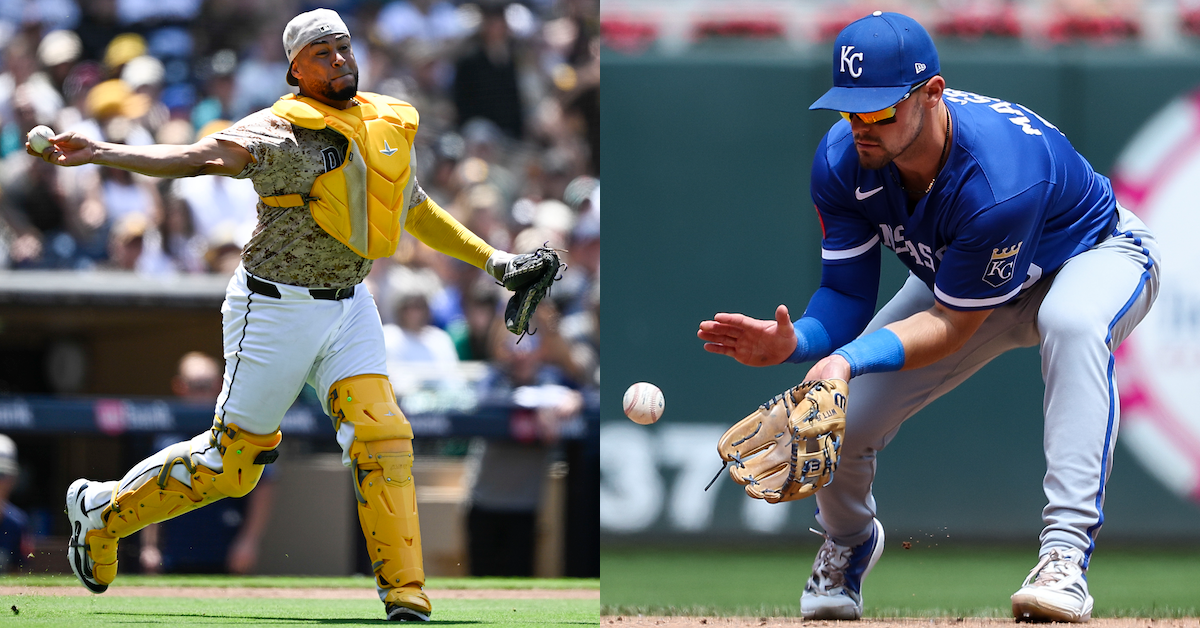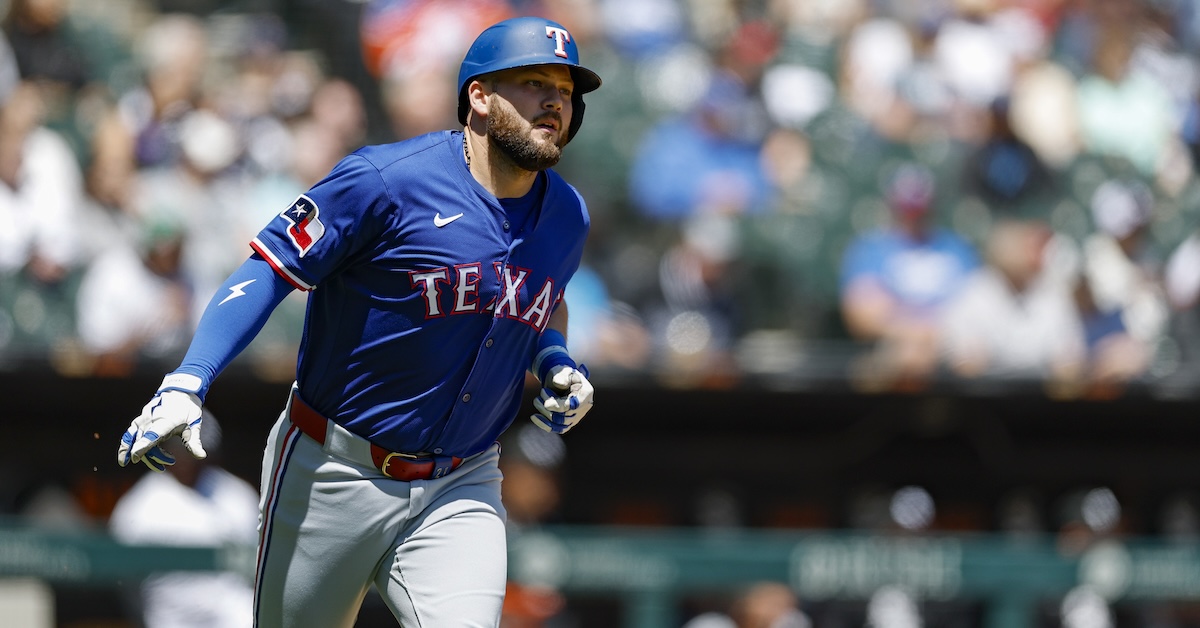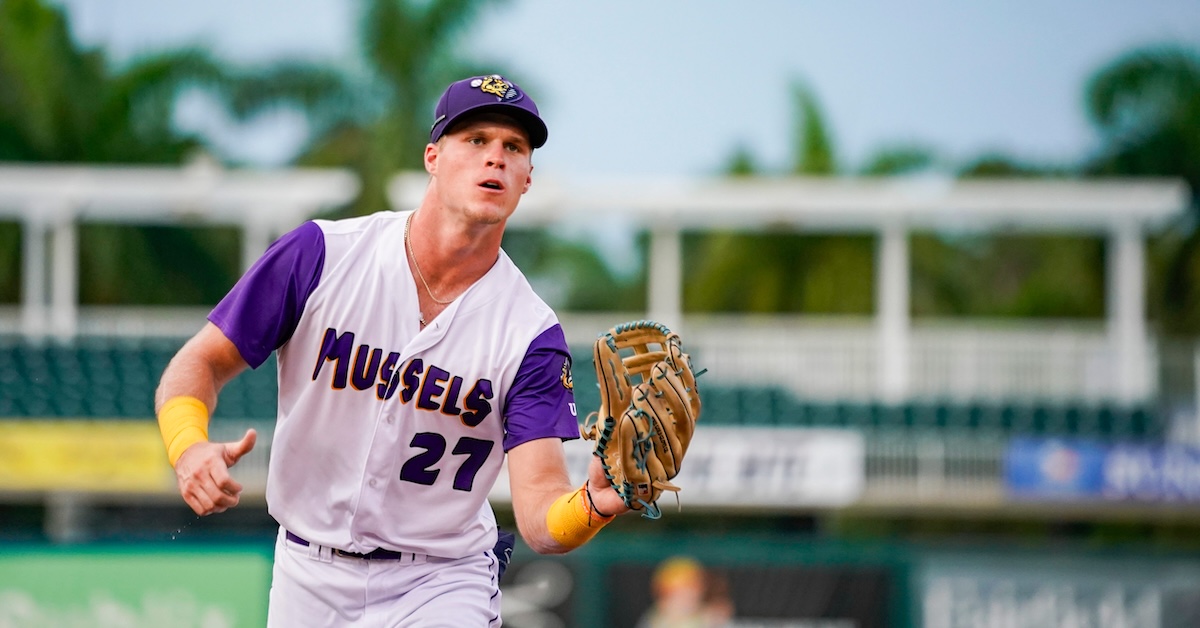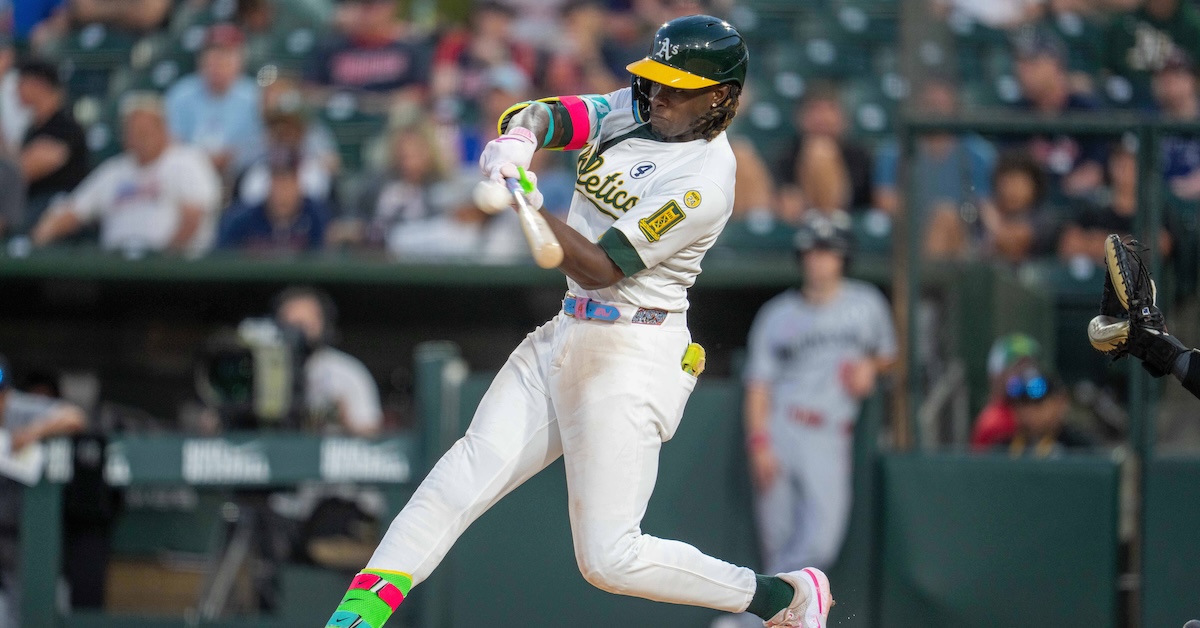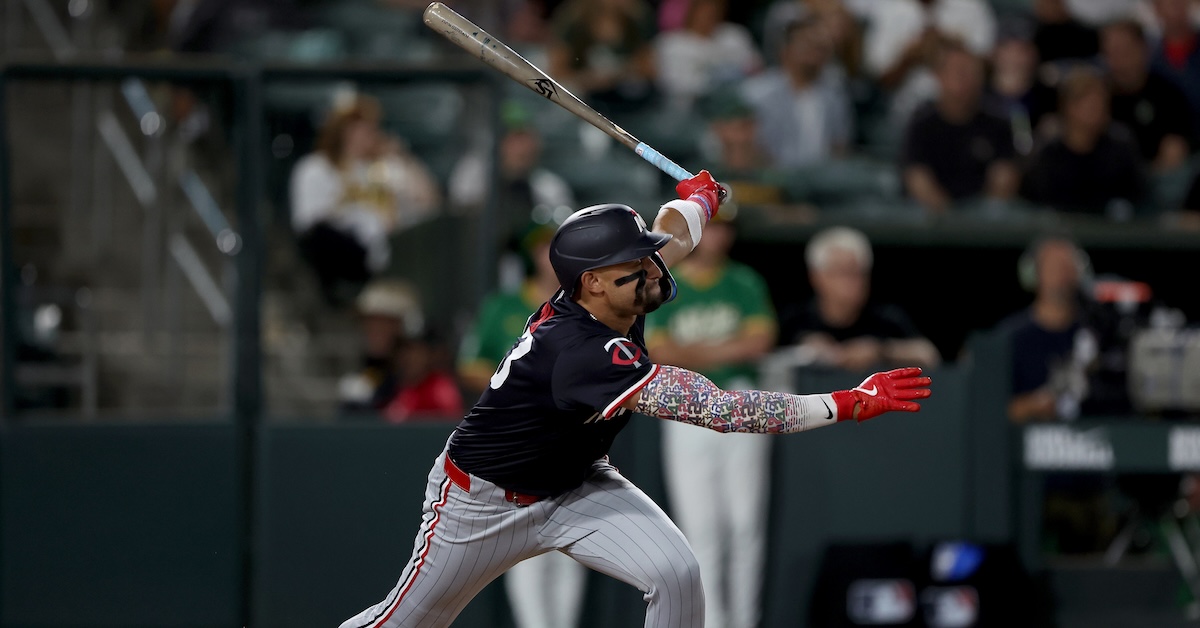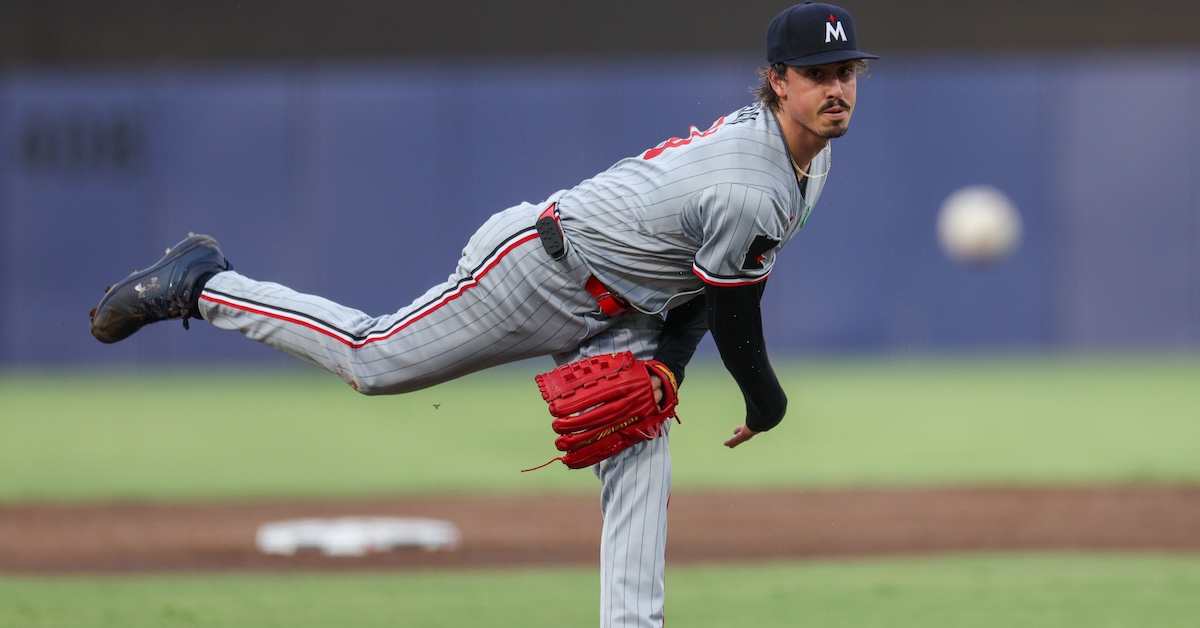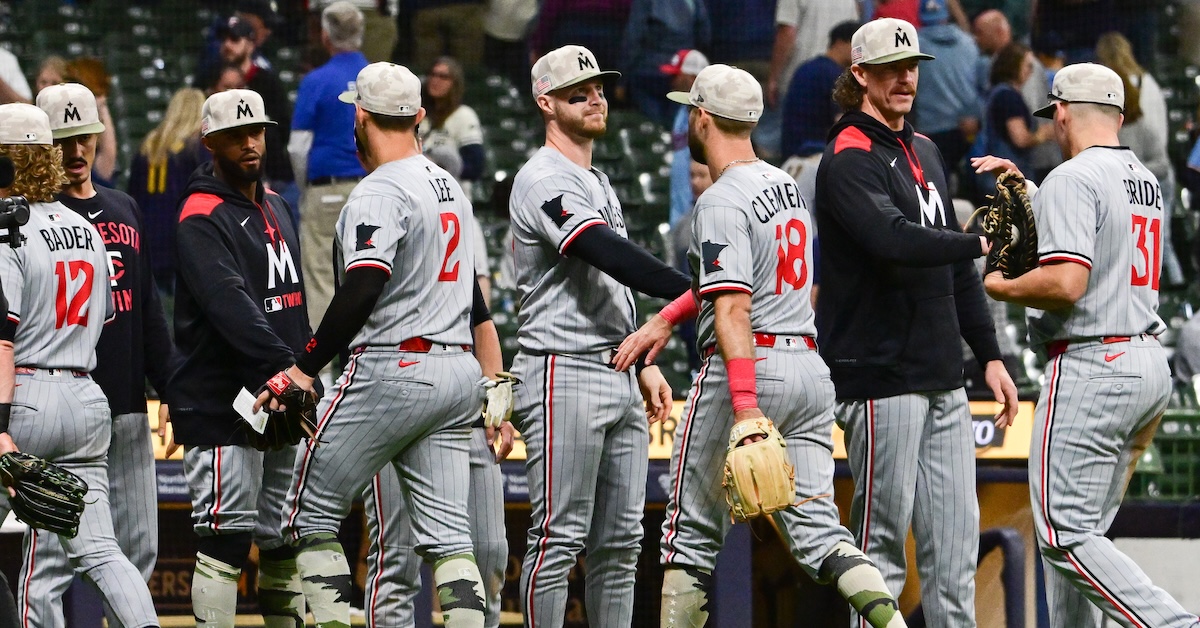The 2025 Replacement-Level Killers: Third Base
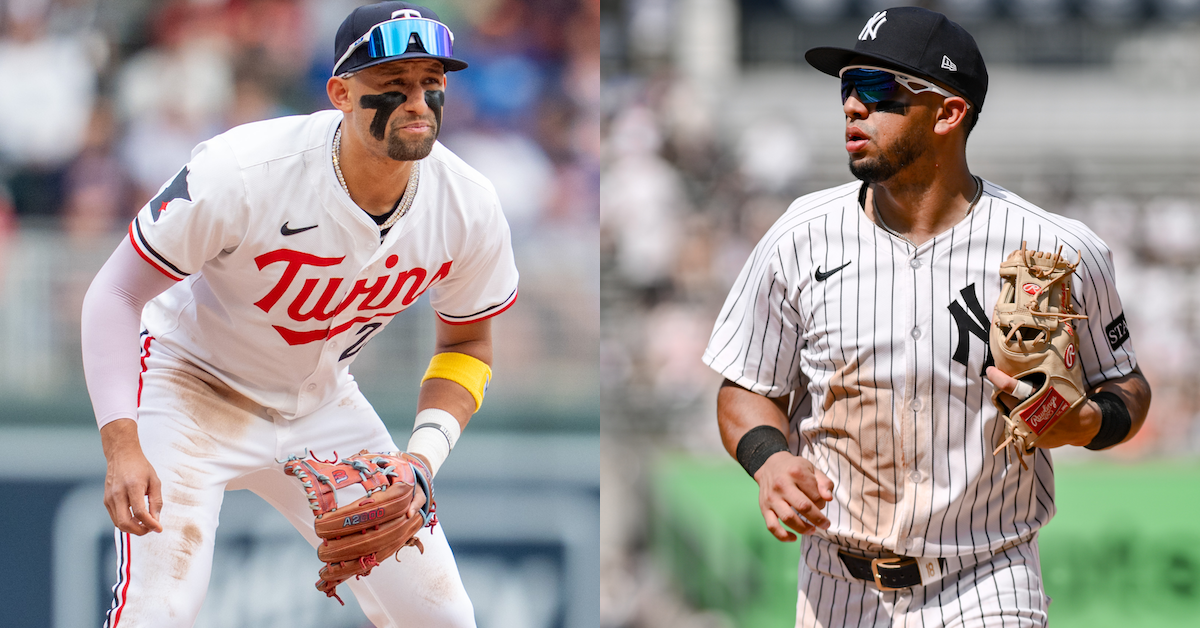
Today we turn our attention to some chilly performances at the hot corner. While still focusing on teams that meet the loose definition of a contender (a .500 record or Playoff Odds of roughly 10%) and that have gotten about 0.6 WAR or less out of a position thus far (which prorates to 1.0 WAR over a full season), I have also incorporated our Depth Charts’ rest-of-season WAR projections into the equation for an additional perspective. That may suggest that some of these teams will clear the bar by a significant margin, but even so, I’ve included them here because their performance at that spot thus far is worth a look.
| Team | AVG | OBP | SLG | wRC+ | Bat | BsR | Fld | WAR | ROS WAR | Tot WAR |
|---|---|---|---|---|---|---|---|---|---|---|
| Cubs | .199 | .273 | .258 | 54 | -19.2 | 1.8 | -1.3 | -0.6 | 1.0 | 0.4 |
| Reds | .219 | .271 | .333 | 64 | -16.7 | 0.6 | 2.5 | 0.1 | 0.7 | 0.8 |
| Yankees | .215 | .292 | .361 | 85 | -6.6 | 0.7 | -2.0 | 0.6 | 0.6 | 1.2 |
| Twins | .247 | .295 | .351 | 80 | -8.6 | -2.6 | -0.3 | 0.3 | 1.2 | 1.5 |
| Brewers | .227 | .299 | .320 | 78 | -9.5 | 0.8 | 1.0 | 0.6 | 0.9 | 1.5 |
| Phillies | .258 | .304 | .359 | 84 | -7.4 | -1.5 | 0.6 | 0.6 | 1.2 | 1.8 |
Cubs
The Cubs began the season with 2023 first-round pick Matt Shaw — no. 13 on our preseason Top 100 Prospects list as a 55-FV prospect — as their starter at third base, but he struggled out of the gate, hitting just .172/.294/.241 (62 wRC+) from Opening Day through April 14 before being optioned to Triple-A Iowa. Jon Berti did the bulk of the work in his absence, with Gage Workman, Vidal Bruján, Nicky Lopez and even Justin Turner spotting there as well before Shaw was recalled on May 19. The 23-year-old rookie got hot upon returning, but struggled in June before starting July in a 1-for-27 funk; he is now batting just .198/.276/.280 (61 wRC+) with two homers, 11 steals, and 0.0 WAR. While he’s underperformed relative to his expected stats (including a .350 xSLG), his 83.3-mph average exit velocity places him in the first percentile, and his 26.8% hard-hit rate in the fifth. Notably, he rode the pine in the days leading up to the All-Star break, making one start and two late-inning appearances over the Cubs’ last five games. Manager Craig Counsell called Shaw’s absence from the lineup “just a little breather here.” Read the rest of this entry »
